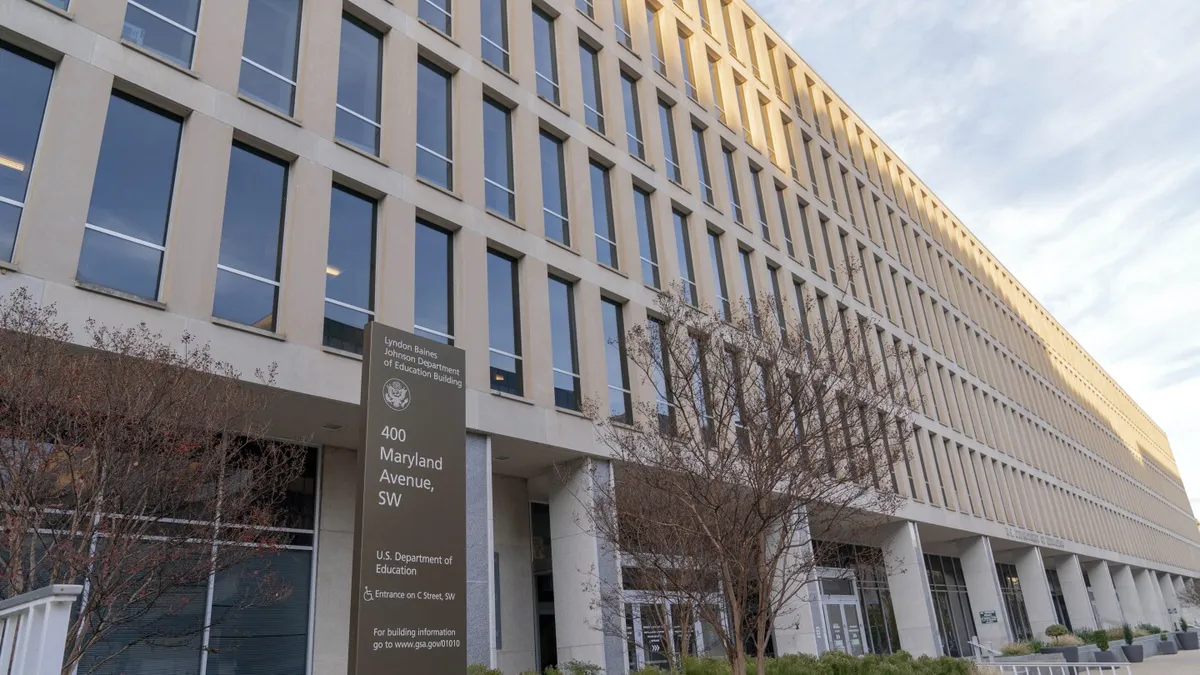
President Donald Trump has made headlines with his ambitious vision for the U.S. education system, particularly through the appointment of Linda McMahon as the new education chief. Following her confirmation by the Senate, Trump expressed a desire for McMahon to "put herself out of a job" by potentially closing the Department of Education. A significant executive order aimed at shuttering this department could be expected as early as this week.
In her address to department employees, McMahon emphasized that the agency's "final mission" involves eliminating bureaucratic inefficiencies and delegating authority back to the states. However, completely dissolving the Department of Education would be a challenging endeavor, likely requiring congressional approval. Already, the Trump administration has initiated substantial changes within the department, with Elon Musk’s Department of Government Efficiency cutting numerous contracts deemed “woke” and wasteful.
The Department of Education plays a crucial role in the financial landscape of education, distributing billions of dollars annually to schools and colleges while managing the federal student loan portfolio. Closing the department would necessitate redistributing these responsibilities across various agencies, complicating the educational funding structure significantly. Furthermore, the department is vital in regulating services for diverse student populations, including those with disabilities and economically disadvantaged youth.
Federal funding constitutes a relatively small portion of public school budgets—approximately 14%—but it is considerably more significant for colleges and universities. Trump has pledged to cut federal funding for institutions that promote “critical race theory, transgender issues, and other inappropriate content,” while rewarding states that implement universal school choice programs and eliminate teacher tenure.
The Department of Education is responsible for managing around $1.5 trillion in student loan debt affecting over 40 million borrowers. It also oversees the Pell Grant program, which aids students from low-income backgrounds, and the Free Application for Federal Student Aid (FAFSA) process. In stark contrast, the Biden administration made significant strides in student debt cancellation, forgiving over $175 billion for more than 4.8 million borrowers through various program changes, despite facing substantial pushback from Republican states.
Through its Office for Civil Rights, the Department of Education investigates civil rights violations, particularly concerning LGBTQ+ and minority students. Trump has indicated a preference for prioritizing antisemitism complaints and has taken steps to scrutinize college policies regarding transgender athletes in women’s sports. His campaign platform suggests a commitment to fighting discrimination in schools based on race while labeling diversity and equity policies as unlawful discrimination.
While the Department of Education does not directly accredit colleges, it oversees federally recognized accrediting agencies, which are essential for institutions seeking access to federal financial aid. Trump has expressed intentions to remove "radical left accreditors" and replace them with agencies that align with his educational standards. Although the education secretary has the authority to terminate accrediting relationships, this process is often complex and rarely executed.
The bulk of the Department of Education’s funding for K-12 education is funneled through significant federal programs like Title I and the Individuals with Disabilities Education Act (IDEA). These programs are designed to assist students with disabilities and low-income families, offering essential resources that enhance education quality. Trump has proposed shifting these responsibilities to state governments, although he has not provided specific details about how these changes would be implemented.
The Heritage Foundation’s Project 2025, a comprehensive proposal outlining a far-right vision for the nation, suggests transferring oversight of such programs to the Department of Health and Human Services and eventually phasing out direct funding.
As the Trump administration continues to reshape the educational landscape, the implications of these proposed changes remain to be seen, raising questions about the future of U.S. education.